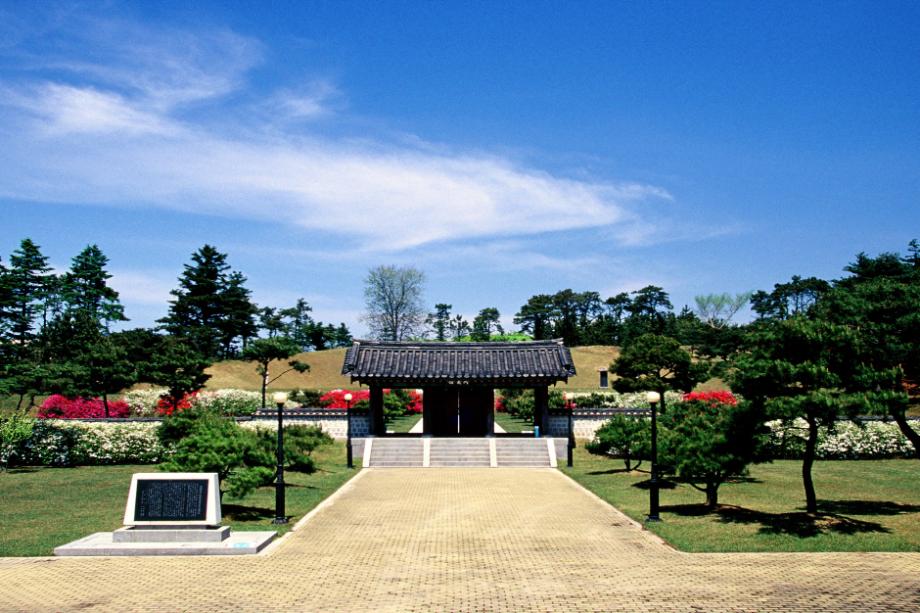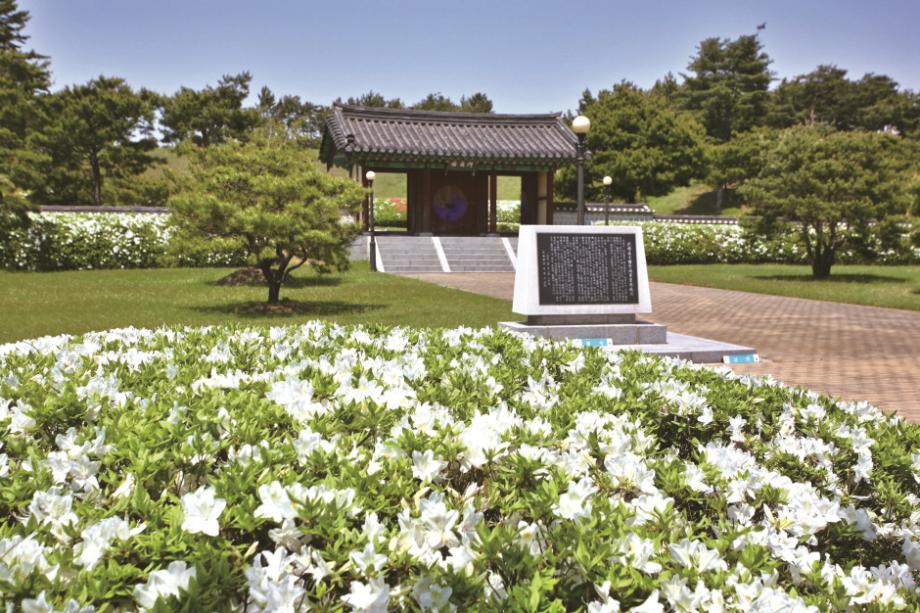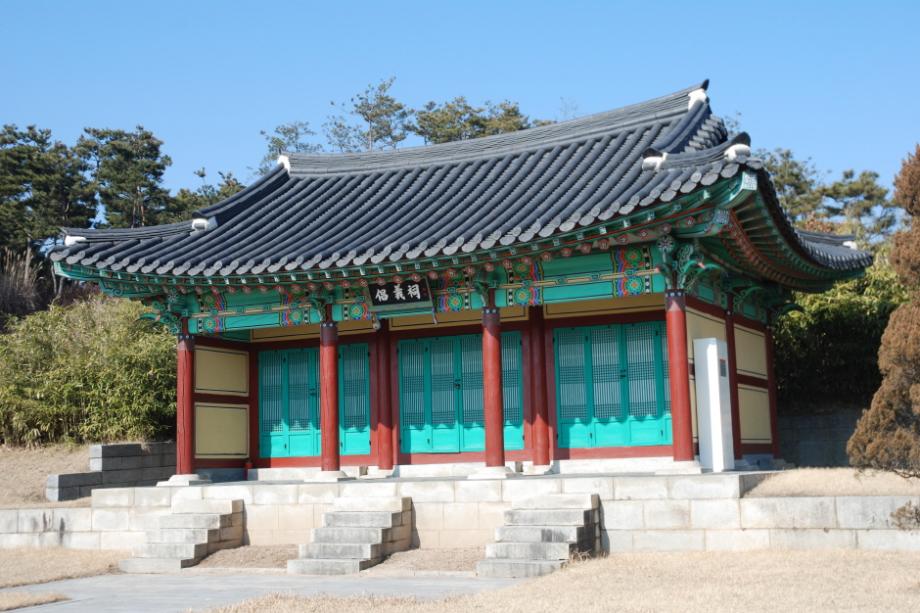Hongjuseong Fortress and Yeohajeong
Hongjuseong Fortress and Yeohajeong

The Hongjuseong Fortress, which had been the gateway to the West Sea and surrounded the house of Hongjumok, was originally 1,772m in length, but only 810m of the fortress wall in the south side remains. The 36 government office buildings were destroyed by the Japanese, and only the Joyangmun and Hongjuamun gates, Anhuidang Hall and Yeohajeong remain today.
The exact date of it construction is unknonw, but the result of an excavation survey showed that the soil cover in the back of the Hongju Fortress History Center had been constructed in the late Silla period. A stone fortress was built in the early Joseon Dynasty to defend the area against the Japanese and extension work was performed several times. The fortress underwent large-scale reconstruction by Hongju-moksa Han Eun-pil in 1870. This is a historical site that stood witness to the Japanese Invasion of Korea in 1592, the Day of Yi Mong-hak, the uprising of the peasants, and Catholic persecution, etc. Also, it is where Min Jong-sik and Yi Se-yeong, who were against the signing of Eulsaneugyak (Protectorate Treaty between Korea and Japan concluded in 1905) led the Hongju Righteous Army into battle.
It contains Yeohajeong, which was constructed by Hongju-moksa Yi Seung-woo in 1896 together with Anhuidang, the Magistrate's Office for Hongju-mok, which was one of the four moks (administrative unit) of Chungcheong-do. It was where the Hongju-moksa (governors of Hongju) contemplated on the political affairs and also rested. In the courtyard of the Hongseong-gun Office, there is a zelkova tree, which is said to have been planted to commemorate Master Bou-guksa's appointment as the Buddhist teacher to the king, and Hongjuamun Gate, one of the three outer gates of Hongju Government Office.

